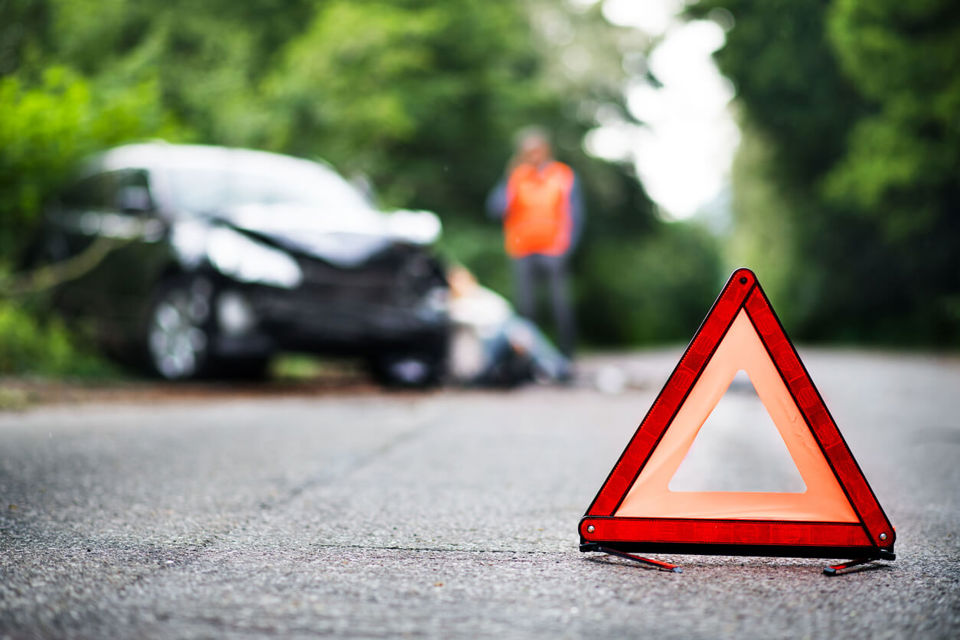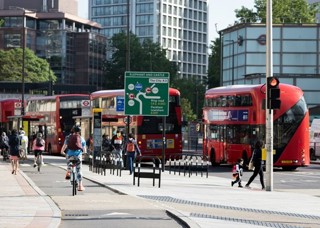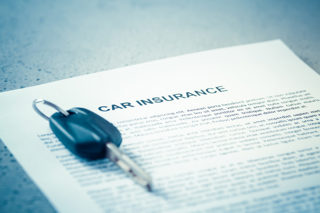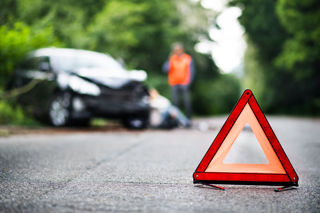At-work drivers are far less likely to be involved in a collision caused by substance impairment or speeding than other motorists, according to an analysis of 1.4 million accidents. However, at-work drivers are far more likely to engage in other types of risky driving behaviour.
The report, by Road Safety Analysis, was commissioned by AA DriveTech based on incidents reported to police from 2008-12 and divided at-work drivers into four categories: working car drivers, commercial drivers, other working drivers and taxi drivers.
Working car drivers were those drivers of cars or minibuses not licensed for private hire, whose journey purpose was explicitly recorded as driving for work.
Commercial drivers were drivers of vehicles over 3.5 tonnes, including buses and coaches, while the ‘other working drivers’ group was dominated by van drivers.
The report compares each group to the national norm, but to each other also, and discovered some clear differences between the ways at-work drivers contribute to collisions compared with other drivers.
For example, instances of at-work drivers contributing to collisions through substance impairment was lower than the rate among other drivers – commercial drivers are 85% lower.
Similar trends are apparent in accidents where speed is the contributory factor.
However, commercial drivers are more likely to engage in tailgating (40% higher), to be fatigued (48% higher), or to undertake manoeuvre errors (40% higher).
Working car drivers are more likely to be distracted (15% higher), commit junction errors (25% higher), be fatigued (23% higher), or engage in tailgating (14% higher).
Taxi drivers are more likely to be distracted (21% higher), have unsafe behaviour (26% higher) and carry out traffic contraventions (52% higher).
David Richards from AA DriveTech told Fleet News the data would benefit both fleet managers and driver trainers.
“This kind of information can really help them tailor training and education to the individual, rather than just using generic material,” he said.
“As well as looking at the statistics that show the ways in which at-work drivers are more likely to contribute to collisions, it’s also really interesting to look at those contributory factors in which they are under-represented.”
All four categories of ‘at-work’ driver were under-represented in collisions in which speed was a contributory factor. This category includes all those incidents in which either ‘travelling too fast for the conditions’ or ‘exceeding the speed limit’ was noted as a contributory factor.
All categories of at-work driver (with the exception of taxi drivers) were also under-represented in collisions contributed to by unsafe behaviour – those resulting from the driver being careless, reckless, aggressive or in a hurry.
This result did not surprise Richards: “The significant majority of branded fleet vehicles will be fitted with telematic systems and limiters and they are clearly doing their job.
“But it is somewhat surprising that ‘working car’ drivers are under-represented in speed choice category.
“In this group you would find many fleet drivers, such as sales reps, who spend vast amounts of time on the road, often under pressure and in non-branded, non-tracked
vehicles.”
At-work drivers are also under-represented in collisions with control errors – sudden braking, swerving and loss of control.
“If we can look at where the risks are heightened and lowered, we can ensure we are reinforcing the right messages and tackling the right problems through targeted training,” said Richards.
“For me, that’s the true benefit of data – not just for interest’s sake, but to truly help enhance training and improve the safety of everyone on our roads.”






















Martin Stern - 01/04/2015 00:53
As a frequent taxi passenger for my work around the East Midlands I am disturbed by the frequency with which some drivers abuse handheld or handsfree mobile phones (e.g. prolonged social chat), confess to grossly excessive working hours illegal for lorry drivers or show unmissable signs of fatigue. Compared to people who are not professional drivers they seem less prone to other driving errors except for some who speed by about 10% or follow main road traffic more closely than prudent whilst not truly tailgating. Are there figures for collisions, injuries and deaths for taxi drivers compared to other drivers per vehicle mile and per year for individuals?